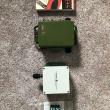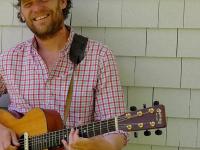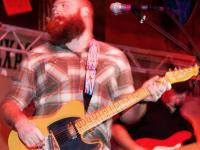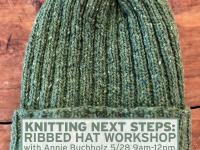If An Owl Hoots in a Forest…
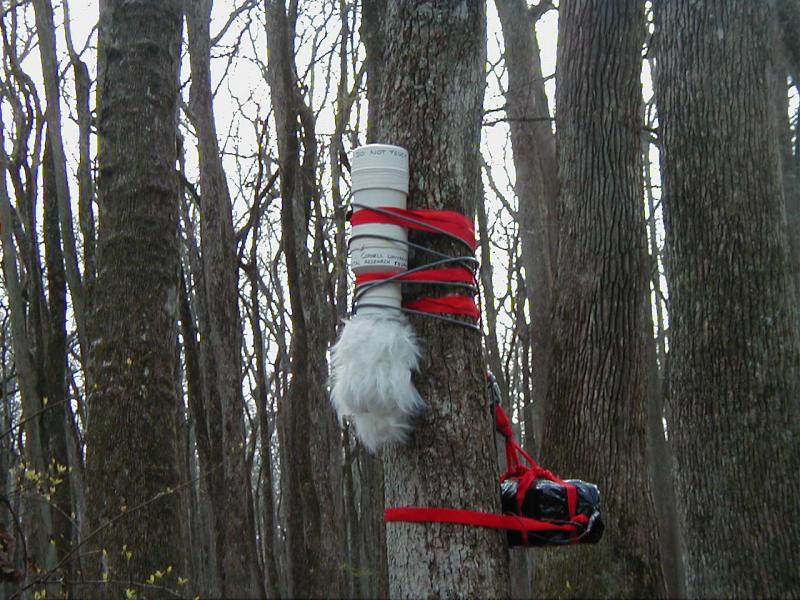 An “old-fashioned” automated recording unit from the Cornell Lab of Ornithology, this one deployed in the famed search for the ivory-billed woodpecker in the swamps of Arkansas. Courtesy of Jeff Wells
An “old-fashioned” automated recording unit from the Cornell Lab of Ornithology, this one deployed in the famed search for the ivory-billed woodpecker in the swamps of Arkansas. Courtesy of Jeff Wells
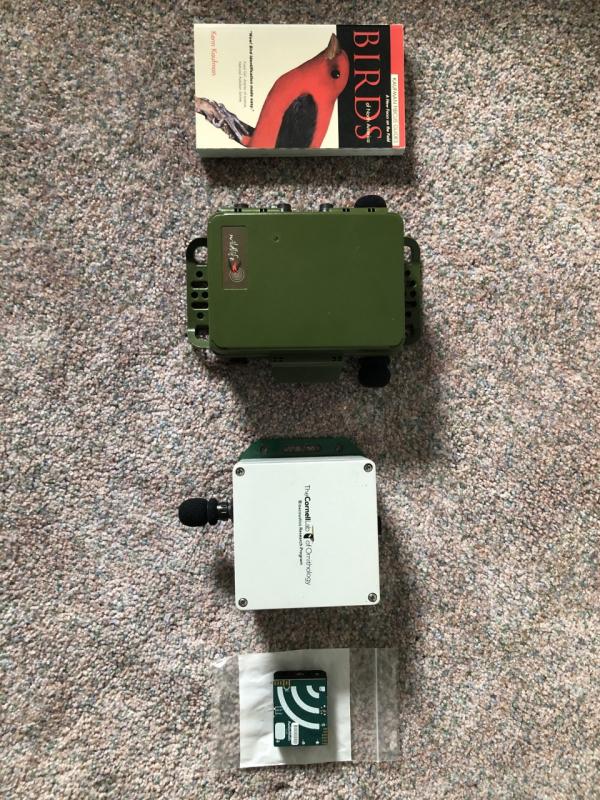 Three modern automated recording units, from largest to smallest: the Songmeter, the Swift, and the AudioMoth. Courtesy of Jeff Wells
Three modern automated recording units, from largest to smallest: the Songmeter, the Swift, and the AudioMoth. Courtesy of Jeff Wells
 An “old-fashioned” automated recording unit from the Cornell Lab of Ornithology, this one deployed in the famed search for the ivory-billed woodpecker in the swamps of Arkansas. Courtesy of Jeff Wells
An “old-fashioned” automated recording unit from the Cornell Lab of Ornithology, this one deployed in the famed search for the ivory-billed woodpecker in the swamps of Arkansas. Courtesy of Jeff Wells
 Three modern automated recording units, from largest to smallest: the Songmeter, the Swift, and the AudioMoth. Courtesy of Jeff Wells
Three modern automated recording units, from largest to smallest: the Songmeter, the Swift, and the AudioMoth. Courtesy of Jeff Wells
If an owl hoots in a forest at night but you’re not there, can you still hear it? What if a winter wren sings at dawn outside your camp while you’re still asleep, can you hear that?
When we were at the Cornell Lab of Ornithology in the late 1990s and early 2000s, the Bioacoustics department was experimenting with the design and deployment of what they called automated recording units, or ARUs. The team wanted to develop a way to leave a sound recording device and connected microphone out in the elements for an extended period of time, and to have it turn on and off at predetermined times each day. In so doing, it would be possible to place one of these ARUs somewhere and leave it for weeks or months. Researchers could pick it up at a later date, take it back to the lab, and listen to and analyze the sound recordings to see what species were detected.
Those early ARUs were clunky, fairly large units that often required large, heavy car batteries and required trained technicians to set up and retrieve. Only a specialized scientific or engineering lab could make them and use them.
Fast forward a few decades to today, and, my, how things have changed—and how fast they continue to change!
Over the last few weeks, we have been having some fun and making some interesting discoveries while “virtually” being in multiple places at once, through the use of three different kinds of newfangled ARUs. The one we’ve had the longest (about four years) is called the Songmeter. Looking very sophisticated in its rugged green plastic casing, with two small microphones sticking out of the sides. It is manufactured and sold by a Boston-area company called Wildlife Acoustics that specializes in a number of very cool and useful wildlife acoustic recording devices. The Songmeter is the most versatile, easy to use, and rugged of the ARUs that we know about. It won’t be a surprise to hear then that it is also the most expensive, at about $850, although the company now offers a mini version that is priced at $499. We recently programmed ours to record for an hour before and after dawn when we were at a woods camp. While we slept peacefully in our warm bed, the Songmeter dutifully recorded the early morning sounds including a vigorously singing winter wren that never made a peep while we were awake. In fact, we didn’t learn that it had been present until a week later when we listened to some of the recordings.
A couple of years ago, our friends at the Cornell Lab of Ornithology decided to design, make, and sell some small, modern, and easy-to-use ARUs as well. Their product, called the Swift, is geared toward researchers who are willing to forgo some of the fancier features to have a lower priced unit. The Swift we have cost about $250 a few years ago—half the cost of even the Songmeter mini. It is essentially a small, metal box, about the size of two boxes of butter stacked on top of each other, with a small, bulb-shaped microphone covered in black foam sticking out of one side. Unlike the Songmeters, which can be opened and snapped shut like a book, the Swift requires removing four screws that keep it watertight.
We loaned our Swift to friends in Pittston, who have some barred owls in their back forty, and set it to record from sunset to just before dawn for a week. The recordings do have some wonderful sequences of wildly calling barred owls and also spring peepers. We were greatly surprised to hear, every now and then on the recordings through the dark night, the distinctive, whistled “pee-ur” song of an eastern wood-pewee—a bird that sings loudly and regularly during daylight hours but that we did not know would sing at night, too!
Just a few weeks ago, we received in the mail the newest ARU gadget called the AudioMoth. Amazingly, this piece of equipment is slightly smaller than a deck of cards, has a built-in tiny microphone, and takes three AA batteries (the others take 3-4 C batteries). The AudioMoth is less expensive than even the Swift, coming in at about $50. This ARU is designed by researchers who wanted to make a unit that was so affordable that it would be possible to deploy lots of them, and with less concern about them getting stolen, destroyed, or lost. The catch with the AudioMoth is that the waterproofing consists of essentially a heavy duty Ziplock sandwich bag. Of course, it is possible to make more rugged protective cases for them, and the researchers have begun selling special cases for them for an extra cost. These units require a little more work to get them scheduled and running, but are still very easy to use.
We decided to drop off an AudioMoth in Mom Wells’ backyard in Damariscotta during a socially distanced visit a few weeks ago. We set it to record each morning from 4 to 6 AM for a week. We were amazed at the sounds such a tiny device can record, even when inside a sealed plastic sandwich bag. Thanks to this device, we now know that early mornings in Mom Wells’ yard are sometimes a cacophony of bird song that includes American redstarts, northern parulas, purple finches, red-eyed vireos, American robins, chipping sparrows, and more. We even heard a barred owl calling from the woods, a bird that we have never heard there on our many visits over the years.
Back to the question we started with, “If an owl hoots in the forest and you’re not there, can you still hear it is?” The answer is a resounding “Yes!”
Thanks to modern day automated recording units, we have proof!
Hear a clip from the Swift recorder of barred owls in Pittston: https://soundcloud.com/birdwells/barred-owl-jun14-2020-3am-pittston-maine
Jeffrey V. Wells, Ph.D., is a Fellow of the Cornell Lab of Ornithology and Vice President of Boreal Conservation for National Audubon. Dr. Wells is one of the nation's leading bird experts and conservation biologists and author of the “Birder’s Conservation Handbook.” His grandfather, the late John Chase, was a columnist for the Boothbay Register for many years. Allison Childs Wells, formerly of the Cornell Lab of Ornithology, is a senior director at the Natural Resources Council of Maine, a nonprofit membership organization working statewide to protect the nature of Maine. Both are widely published natural history writers and are the authors of the popular book, “Maine’s Favorite Birds” (Tilbury House) and “Birds of Aruba, Bonaire, and Curaçao: A Site and Field Guide,” (Cornell University Press).
Event Date
Address
United States




